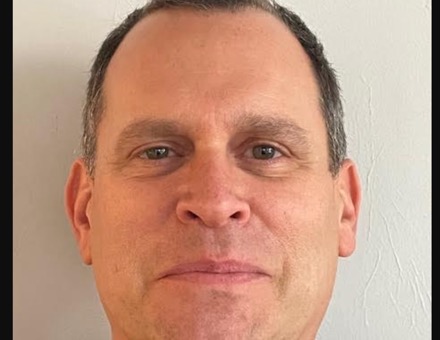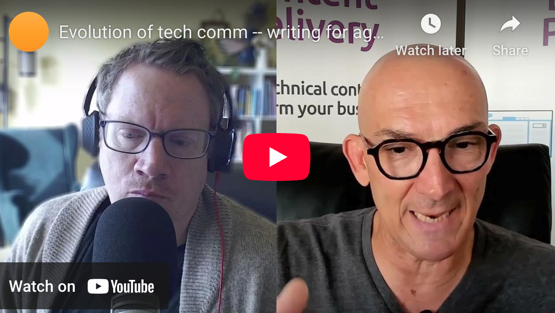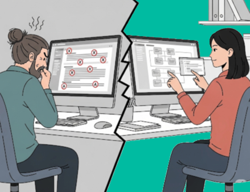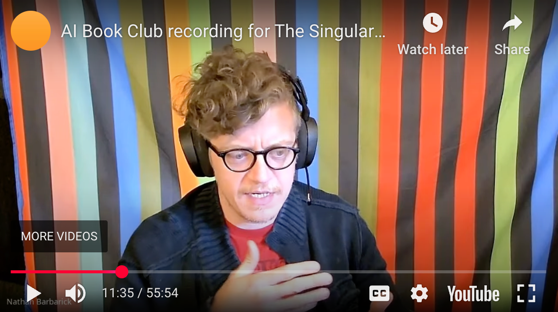The following is a guest post by David Kowalsky continuing his exploration of productivity and time management topics. This post covers his experiences with Cal Newport's Slow Productivity and Oliver Burkeman's Meditations for Mortals, along with practical experiments and advice for technical writers. Kowalsky considers how these philosophies can help technical writers find more sustainable, meaningful approaches to their work.
In this podcast, I chat with Fabrice Lacroix, founder of Fluid Topics, about the evolution of technical communication. Fabrice describes the industry's progression from (1) delivering static, monolithic PDFs to (2) using Content Delivery Platforms (CDPs) that provide dynamic, topic-based information directly to users to (3) developing content not just for human consumption, but for AI agents that will use this knowledge to automate complex tasks and workflows.
Technical writers' attitudes toward AI can be all over the map, from enthusiastic early adoption to cautiously optimistic to complete rejection. In this post, I try to unpack the reasons that lead some writers to believe what they do about AI. Using research from several articles, I look at AI's jagged frontier, the impact of domain expertise, and interaction modes as ways of understanding the influences that lead to different attitudes.
This is a recording of our AI Book Club session discussing Ray Kurzweil's The Singularity is Nearer: When We Merge With AI. You can watch the recording on YouTube, listen to the audio file, read some summary notes, browse discussion questions, and even listen to a NotebookLM podcast (based on the summary). There are 5 people in this book club discussion, and we focus a lot on the topics of acceleration, especially as we see it happening in the workplace. We also weigh in on Kurzweil's techno utopianism and how persuaded we are by the arguments about AGI landing in 2029, the likelihood of machine and biology merging (through nanobots), and more.
To use AI for fact checking, AI tools might do better with a complete, self-contained set of documentation to check against a reference. Single-sourcing, with its conditional and fragmented content, complicates this model.
In this experiment, I try to implement a loop of recursive self improvement on an essay, but it fails. I gave Gemini a prompt to continuously improve a blog post through 10 iterations, hoping to see exponential quality gains. Instead, the AI's editorial judgment deteriorated over time, resulting in awkward, pretentious writing that was worse than the original.
I'm starting a new series describing the various AI experiements I do. I've been looking for my next area of focus, and I realized that more than anything else, I like experimenting with new tools, techniqes, ideas, etc. So I'm writing a series of posts called AI experiments.
In my prompt engineering series, I added an article exploring how API quick reference guides (QRGs) can improve developer usability and also augment AI chat sessions with much-needed context. These QRGs are structured as hierarchical tree diagrams providing a visual map to complex APIs. The diagrams make it easier for developers to navigate and understand relationships between elements compared to traditional flat reference documentation. The article also includes a step-by-step process for creating these QRGs using AI.
This post describes the key arguments and themes in The Coming Wave: AI, Power, and Our Future, by Mustafa Suleyman, for the AI Book Club: A Human in the Loop. This post not only breaks down the logic but also jumps off into some themes (beyond the book) that might be more tech-writer relevant, such as potential future job titles, areas of focus for tech writers to thrive now, questions for discussion, and more. It also contains the book club recording.
This post captures some of my reflections on attending the 2025 Write the Docs conference in Portland. Some themes I discuss include the paradox of AI fatigue, the delight and difficulty of unconference sessions, why lightning talk formats are so challenging, and more.
In this Q&A with Fabrice Lacroix, founder of Fluid Topics, I ask him questions about his recent tcworld article in which he argues for an innovative, advanced model for Enterprise Knowledge Platforms (EKPs) acting as a central AI-powered brain for all company content, delivered via APIs. Fabrice also outlines a future where tech writers become information architects, governing vast knowledge ecosystems and coaching diverse content contributors.
In this post, I share my enthusiasm for API quick reference diagrams, which have significantly improved user comprehension and findability in our API documentation. I also explore how these diagrams serve as informative, low-token context for AI tools, enhancing their understanding of API structures (especially when accompanied with reference documentation) and how they counter hallucination in AI outputs. Finally, I end with a short tutorial on how to create these diagrams using AI.
In this post, I argue that technical writers should actively challenge ideas they find problematic, drawing inspiration from Jonathan Rauch's The Constitution of Knowledge. Rauch argues that truth arises from social debate and critique. Taking it a step further, we should listen to internal red flags or intuition when something feels amiss, even if the reasons aren't immediately clear. When direct confrontation is challenging, use open-ended, clarifying questions to investigate concerns and collaboratively explore issues.
Today was one of those days where I felt like I've seen the future. In about a day and a half, I used AI to create 8 different tree diagrams for APIs in an SDK I support. Each tree diagram has varying numbers of elements (from 50 to 350+). The tree diagrams visually depict the API structure and hierarchy, showing the data type, required/optional status, and sometimes other details. Each element links to its specific section in the reference documentation.
I recently added Document360 for API docs to my Chapter 4: OpenAPI spec and generated reference docs in my API doc site. Document360 lets you publish API reference documentation from OpenAPI specification files. Importantly, it lets you integrate this API reference content smoothly with your broader knowledge base and regular documentation, all within a single portal. The platform supports various import methods for OpenAPI files (versions 3.1, 3.0, 2.0) and Postman Collections, focusing on the publishing aspect rather than OpenAPI authoring (which I feel is a smart move to avoid unnecessary UI complexity).












